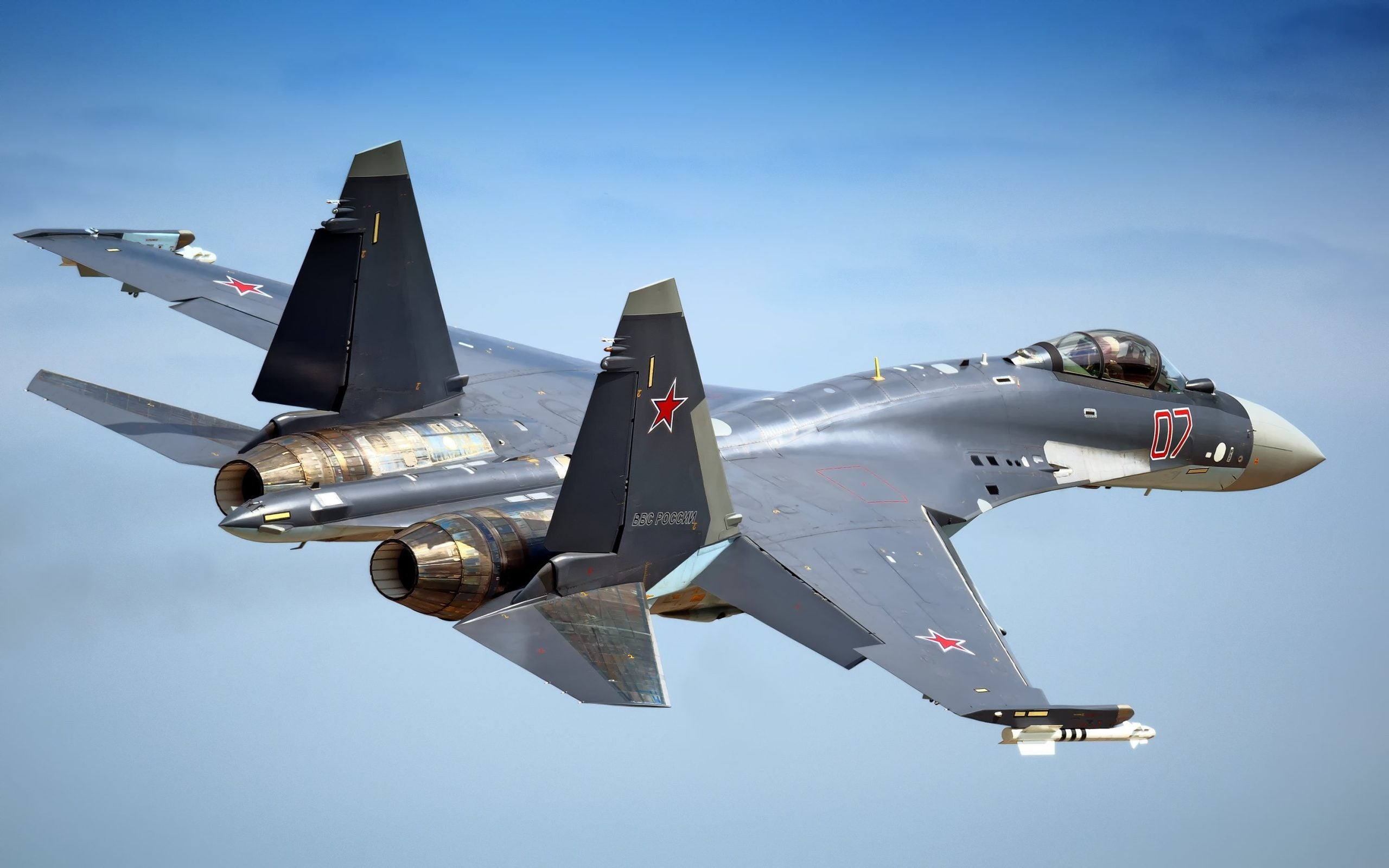
Iran’s purchase of Su-35 Russian fighter jets was reported by Army Technology last month. The article foreshadowed the purchase of the fighter jets after noting that the Islamic Republic of Iran Air Force (IRIAF) showcased its new underground base, the “Oqab 44” (Eagle 44), in an unveiling ceremony on 7 February.
The Eagle 44 base is said to be capable of accepting and operating various types of fighter jets and bombers and uncrewed aerial vehicles (UAVs), the Islamic Republic News Agency (IRNA), a state source, reports.
The Eagle 44 base is said to be capable of accepting and operating various types of fighter jets and bombers and uncrewed aerial vehicles (UAVs), the Islamic Republic News Agency (IRNA), a state source, reports.
Iran’s fighter fleets are mostly made up of 1970s-era US aircraft, such as the F-4 Phantom and F-5 Tiger, as well as old F-14 Tomcats, acquired prior to the 1979 Islamic Revolution. The country also has smaller numbers of Chinese Chengdu J-7, which are based on the Russian MiG-21, and 1980s-era MiG-21 fighters.
The IRNA reports states that the deal has nothing to do with issues related to Russia’s ongoing war in Ukraine, stating that there is no military cooperation between the Tehran and Moscow regarding Ukraine.
However, the appearance of Shahed-136 loitering munitions over Ukraine in September confirmed rumours that Iran had supplied arms to Russia. Ukrainian President Volodymyr Zelensky has indicated that Russia may have procured as many as 2,400 Shaheds, called Geran-2, in Russian service.
Iran had acknowledged sending these drones to Russia but says the drones were sent before Russia invaded Ukraine last year. Although many have been spotted, Russia denies that its forces use Iranian-built drones in Ukraine.
Russian President Vladimir Putin and Iranian Supreme Leader Ayatollah Ali Khamenei have met in Tehran in the past, showing closer ties are being formed in the face of Western pressure over the war in Ukraine.
Russia’s and Iranian ties go back at least ten years and have no signs of slowing down as geopolitical tensions rise with full-scale war returning to the European continent, while China’s global ambitions and ambitions on Taiwan threaten a US-led security apparatus in the Asia-Pacific region.
In 2016, Iran showcased Russian-built S-300 missile tubes and radar equipment during an army day parade in Tehran. Russia has lost many of its former military hardware export ties as political relations have broken down due to its invasion of Ukraine.
Su-35 is an advanced capability multirole air superiority fighter developed from the Su-27. The aircraft has high manoeuvrability with a high angle of attack and is equipped with high-capability weapon systems that contribute to the new aircraft’s dogfighting capability.
The mission also said Iran had inquired about buying military aircraft from several other unnamed countries, IRIB reported.
China bought 24 Su-35 fighter jets from Russia for around $2bn in 2015.








